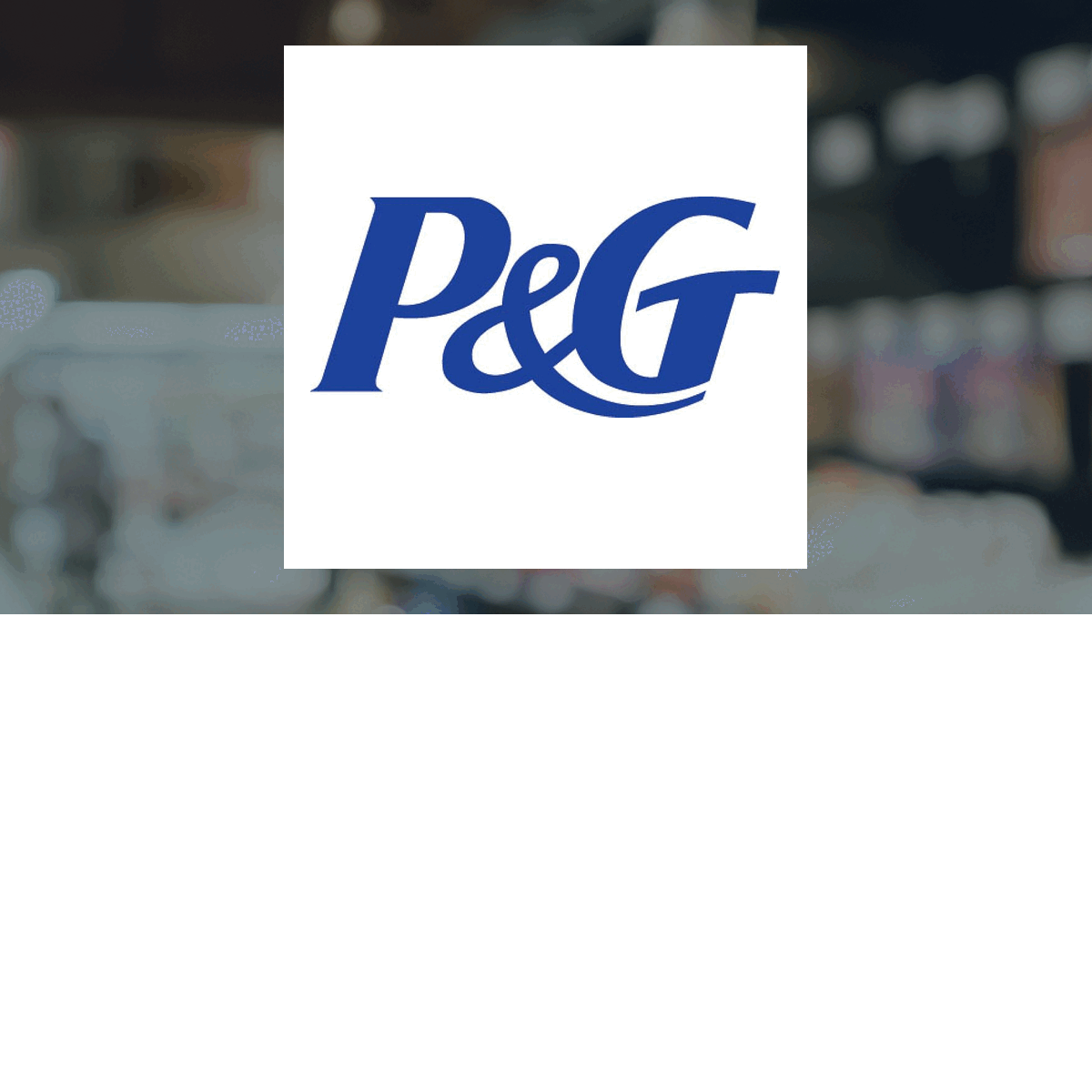 PG experienced a decrease in Corporate net sales but an increase in net earnings for the three months ended March 31, 2024. However, for the nine months ended March 31, 2024, Corporate net sales decreased significantly, leading to a loss in net earnings primarily due to the impairment charge of the Gillette intangible asset. Despite these challenges, the company’s operating cash flow increased, driven by higher net earnings and adjusted for non-cash items. Working capital and other impacts influenced cash flow, with days sales outstanding and days inventory on hand both increasing.
PG experienced a decrease in Corporate net sales but an increase in net earnings for the three months ended March 31, 2024. However, for the nine months ended March 31, 2024, Corporate net sales decreased significantly, leading to a loss in net earnings primarily due to the impairment charge of the Gillette intangible asset. Despite these challenges, the company’s operating cash flow increased, driven by higher net earnings and adjusted for non-cash items. Working capital and other impacts influenced cash flow, with days sales outstanding and days inventory on hand both increasing.
Executive Summary
Financials
Revenue growth has been steadily increasing over the past three years, driven primarily by organic sales growth. This growth is attributed to consistent performance across reportable business segments, resulting in overall positive net sales and earnings trends. Operating expenses have evolved due to ongoing restructuring activities, with annual costs ranging from $250 to $500 million. Significant changes include a market portfolio restructuring announcement, expecting $1.0 to $1.5 billion in charges, impacting foreign currency translation losses and operational liquidation costs. The company’s net income margin improved by 130 basis points. It now stands at 10.8%. This improvement outperforms industry peers.
Management Discussion and Analysis
Management has focused on managing uncertainties, regulatory requirements, tax laws, acquisitions/divestitures, productivity improvements, and greenhouse gas emissions reduction. These initiatives aim to drive growth and improve profitability, but their success is not explicitly stated in the context. Management assesses the company’s competitive position by highlighting global, regional, and local competitors. They note differentiation by price tiers and believe they hold a leadership or significant market share position. They also mention competing against other branded products and retailers’ private-label brands. Major risks include geopolitical uncertainties, regulatory compliance, tax laws, acquisition challenges, disease outbreaks, Russia-Ukraine war, and environmental sustainability. Mitigation strategies involve managing uncertainties, sanctions, productivity improvements, cost savings, and achieving emission reduction goals.
Key Performance Indicators (KPIs)
Risk Assessment
The top external factors posing risks to the company are government policies, including tax changes and international trade agreements, as well as the Russia-Ukraine war impacting operations and financial performance. PG assesses and manages cybersecurity risks through evaluation of disclosure controls and procedures by its Chairman, President, and Chief Executive Officer, Jon R. Moeller, and Chief Financial Officer, Andre Schulten. They ensure information required to be disclosed is recorded, processed, and reported accurately. Yes, there are contingent liabilities related to environmental remediation and uncertain tax positions that could impact the company’s financial position. PG is addressing them by establishing liabilities, reviewing tax positions, and accruing existing liabilities for uncertain tax positions.
Corporate Governance and Sustainability
The board of directors consists of officers and non-employee directors. There were no notable changes in leadership or independence reported during the three months ended March 31, 2024. PG does not specifically address diversity and inclusion in its governance practices and workforce. There is no mention of a commitment to board diversity in the information provided. PG discloses its commitment to responsible business practices through its disclosure controls and procedures evaluation. No specific sustainability initiatives or ESG metrics are mentioned in the report.
Forward Guidance
The company’s forward-looking guidance highlights key risks and uncertainties related to managing financial, economic, supply chain, innovation, competition, customer relationships, and reputation risks. These factors are crucial in achieving the strategic initiatives and priorities outlined in the annual report. PG is factoring in global economic volatility and evolving consumer habits. It plans to stay innovative, protect its brand reputation, and manage cost fluctuations to capitalize on these trends. The forward-looking guidance highlights the company’s commitment to long-term growth and competitiveness through strategic shifts in managing global financial risks, economic volatility, innovation, competition, customer relationships, and technological advances.
For more information:
This article was created using artificial intelligence technology from Klickanalytics.
